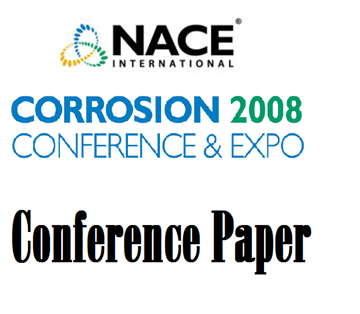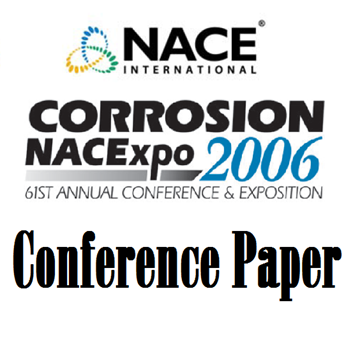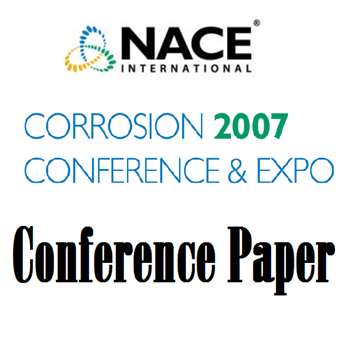Search
05157 Critical Review: Fas Assessment Methods for Crack-Like Flaws in Pipelines
Also Purchased
08150 A Case Study: ERW Seam Weld Failure
Product Number:
51300-08150-SG
ISBN:
08150 2008 CP
Publication Date:
2008
$20.00
06458 UNDER-DEPOSIT CORROSION MECHANISMS IN BOILERS
Product Number:
51300-06458-SG
ISBN:
06458 2006 CP
$20.00
07132 In-Line Inspection Performance Verification
Product Number:
51300-07132-SG
ISBN:
07132 2007 CP
Publication Date:
2007
$20.00




